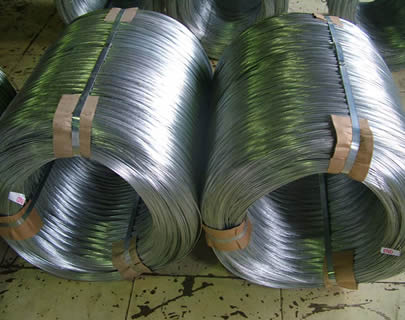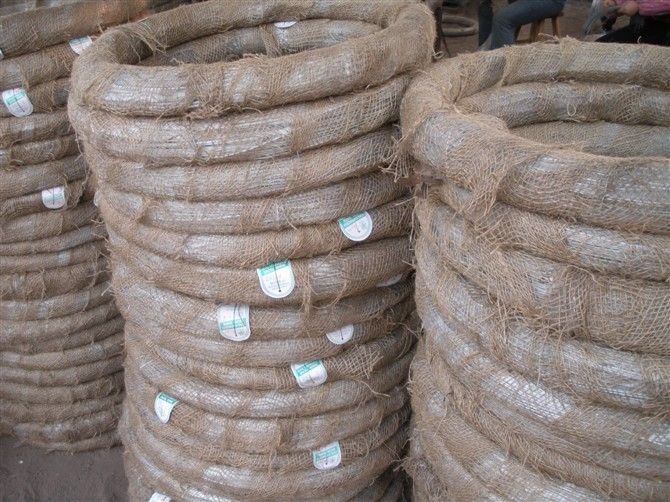**Color Differences in Packaging Prints: Understanding the Two Major Phenomena**
The issue of color variation in printed packaging has long been a challenge for printers. The ability to effectively control color differences is a key indicator of a company’s product quality, reputation, and technical expertise. As such, it is a concern that every printer and their organization must address seriously.
Color differences in printed materials can generally be categorized into two main phenomena. The first occurs when all items in the same batch have consistent colors, but they differ from the sample provided. The second phenomenon involves variations within the same batch—some pieces match the sample, while others do not.
In this article, we will explore these issues in detail and provide insights on how to manage them effectively.
---
**First Phenomenon: Consistent Colors Within Batch, But Different from Sample**
1. **Human Factors**
While the skill level of the operator may not be the issue, their sense of responsibility plays a critical role. If the colors are consistent across the batch, it suggests that the operator has the necessary skills. However, if the final result still differs from the sample, it could be due to improper approval of the first print or a mistake during sampling. This highlights the importance of careful verification before full production begins.
2. **Paper Color**
The whiteness of the paper significantly affects how ink appears. Different batches of paper may have varying levels of whiteness, which can alter the perceived color even with the same ink formulation. It is essential to use the same batch of paper throughout the printing process to maintain consistency.
3. **Paper Gloss and Smoothness**
The gloss and smoothness of the paper influence the way light reflects off the surface. High-gloss papers tend to reflect more light, resulting in brighter and more vibrant colors. Low-gloss or rough paper can cause diffused reflection, making the colors appear duller. These differences affect both visual perception and density readings.
4. **Surface Treatment After Printing**
Post-printing treatments like lamination, varnishing, or coating can change the color appearance. Some treatments increase color density (e.g., UV varnish), while others reduce it (e.g., matte finish). Chemical interactions between the treatment materials and the ink can also lead to color shifts. Therefore, it's important to account for these changes during the printing stage.
5. **Wet vs. Dry Density**
Ink density varies depending on whether it is wet or dry. Wet ink tends to have a higher density value, while dry ink appears darker and less saturated. To minimize color variation, it's best to measure the density immediately after printing while the ink is still wet. Using a densitometer with a polarizer can help reduce the impact of surface reflections.
6. **Printing Pressure**
Proper printing pressure ensures even ink transfer. Insufficient or uneven pressure can lead to shading and color inconsistencies. Maintaining a balanced pressure system (flat printing plate, blanket, and substrate) helps achieve uniform color across the entire print run.
7. **Light Source During Sample Viewing**
The type of light used to view the printed material greatly affects color perception. Natural light is ideal, as artificial lights (like regular bulbs) can make colors appear yellow or inaccurate. Controlling light intensity and angle is also crucial for accurate color comparison.
---
**Second Phenomenon: Color Variations Within the Same Batch**
1. **Human Factors**
Inconsistent color within the same batch often stems from operator behavior. For example, starting the print run without properly balancing ink and water can lead to color shifts. Skilled operators understand the importance of maintaining ink-water balance throughout the process.
2. **Fountain Solution**
The amount of fountain solution used directly impacts the ink’s performance. Too much water can emulsify the ink, leading to dull colors and potential quality issues. Controlling the water content is essential for achieving consistent results.
3. **Printing Speed**
Rapid changes in speed can disrupt the ink and water balance, causing color variations. Maintaining a steady speed is vital. Most presses operate most efficiently at around 70% of their maximum speed, ensuring better control over color consistency.
4. **Poor Quality Ink Rollers**
The condition of the ink rollers has a significant impact on color uniformity. Worn or improperly adjusted rollers can lead to uneven ink distribution, resulting in inconsistent color. Regular maintenance and cleaning of the rollers are essential for high-quality output.
5. **Equipment Maintenance**
A well-maintained press ensures stable performance and consistent color. Issues like uneven pressure, unstable feeding, or misalignment can all contribute to color differences. Regular maintenance and proper operation of the press are key to minimizing these problems.
---
In conclusion, color differences in packaging prints are influenced by a variety of factors, ranging from human error to equipment performance. Addressing these challenges requires attention to detail, proper training, and continuous improvement. By understanding the causes and implementing effective solutions, printers can significantly reduce color variation and meet the increasing demands of their clients.
The galvanized wire is made of carbon steel wire, such as Q195, Q235, AISI/SAE1045, AISI/SAE1065, etc. It is extensively used in construction, handicrafts, woven wire mesh, express way fencing mesh, packaging of products and other daily uses. The zinc coating is from 10g/sq.m to 250/sq.m. The diameter range is from 0.50 to 5.5 mm. Tensile Strength includes 350-500Mpa, 600-800Mpa, 700-900Mpa, 1100-1300Mpa, 1300-1700Mpa, etc.


Packing: 1 kg-800 kgs/ Coil lined with wax paper or pvc stripes and wrapped with hessian cloth; as customer's requirements.
Galvanized Iron Wire,Hot Dipped Galvanized Small Tie Wire, Electro Galvanized Tension Wire
DINGZHOU TIAN YILONG METAL PRODUCTS CO., LTD. , https://www.wiremeshsolution.com